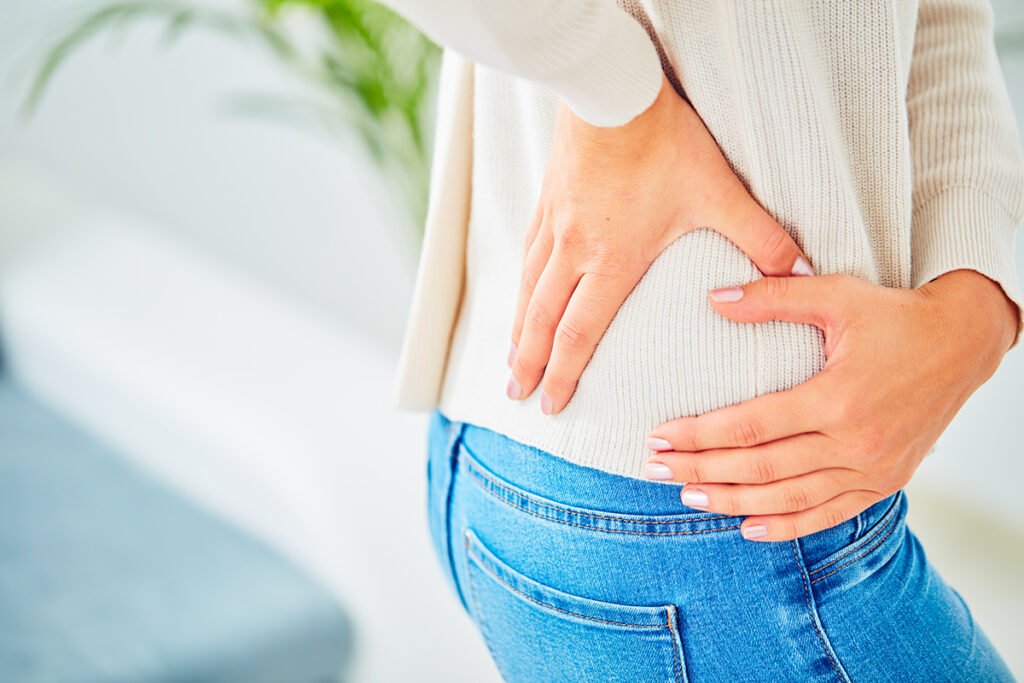Hip Pain
Just like the shoulder, we put a lot of demand on our hips, and this can result in hip pain. As weight-bearing ball and socket joints, our hips withstand a lot of stress. Crucially, they keep us upright and allow us to walk, run, jump and play.
As chiropractors, we are trained to identify whether the pain associated with the hip is truly coming from the hip joint, or if it is due to pelvic, knee or muscle imbalances.
Common causes include:
Inflammation
Inflammation around the hip capsule limits the ability of the femoral head to move freely, causing pain. This is commonly caused by injury or illness.
Arthritis
Otherwise known as wear and tear, osteoarthritis is the process of joint degeneration and loss of cartilage. This leads to increased friction and inflammation in the joint. Naturally, we adapt our posture and movements to lessen the pain. This results in the surrounding musculoskeletal structures tightening and working less efficiently, aggravating the condition. Although osteoarthritis is a natural occurrence and cannot be stopped, it can be slowed down. Importantly, correcting surrounding misalignments and improving muscle strength can help to reduce pain and maintain hip function for longer.
Pelvic Misalignment and Imbalance
The pelvic girdle supports everything that sits above and below it. It is the base of the spine and the structure from which the hips hang. Crucially, the girdle needs to be stable enough when we sit, but also allow free movement of both the hips and the lower back. It protects our lower internal organs and is the main support structure when growing / carrying a baby during pregnancy. Therefore, it’s understandable how prone the pelvis is to stresses and strains. Often, pelvic pain is referred to the hips as the hips overcompensate for a potential lack of movement in the pelvis.
Knee Pain / Misalignment
“The foot bone’s connected to the…leg bone. The leg bone’s connected to the …knee bone. The knee bone’s connected to the …thigh bone. That’s how we do the skeleton dance!”

It's All Connected...
Every joint is connected, and can have a positive or negative effect on the joints around it. For example, when the knee is painful, we adapt our movements and posture to reduce the pain. However, this adaptation increases the strains and stresses on related joints. In turn, this negatively affects how we function. Hip pain often originates as a change in biomechanics related to knee problems.
Chiropractors assess the whole body and how it functions, not just where the pain is felt. If you are struggling with hip pain, why not call our highly skilled team to see if we can help.
